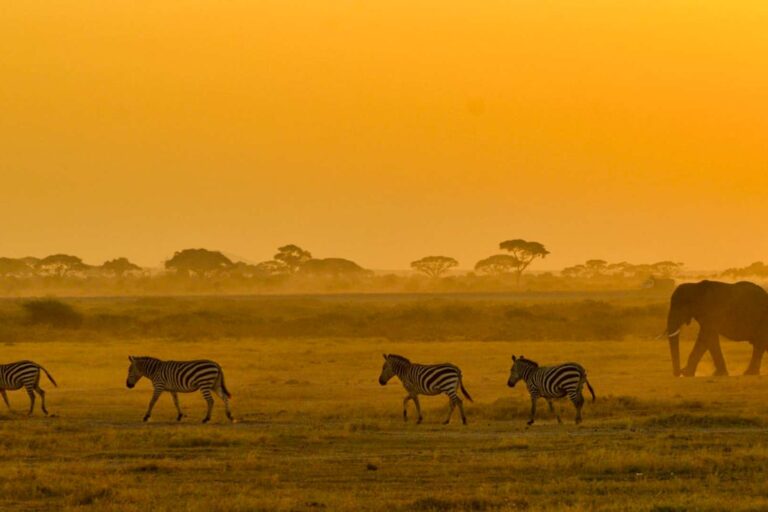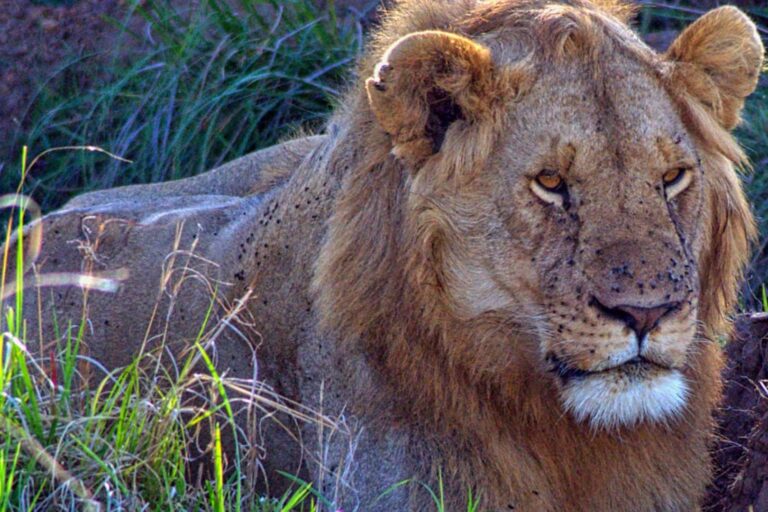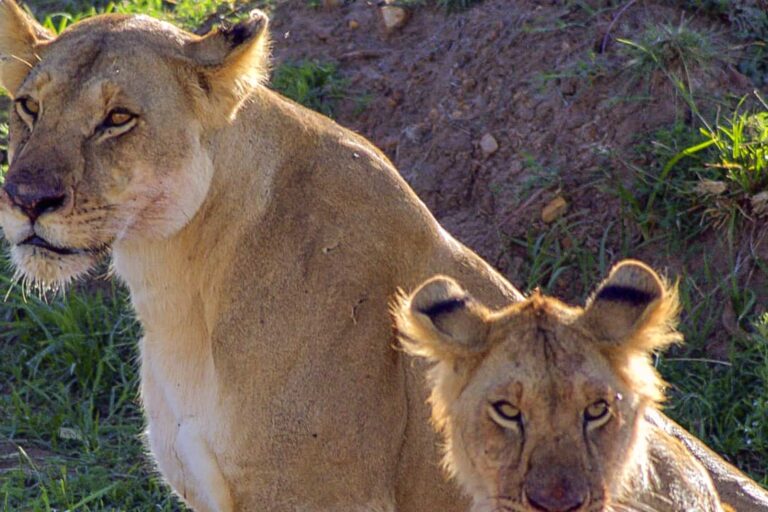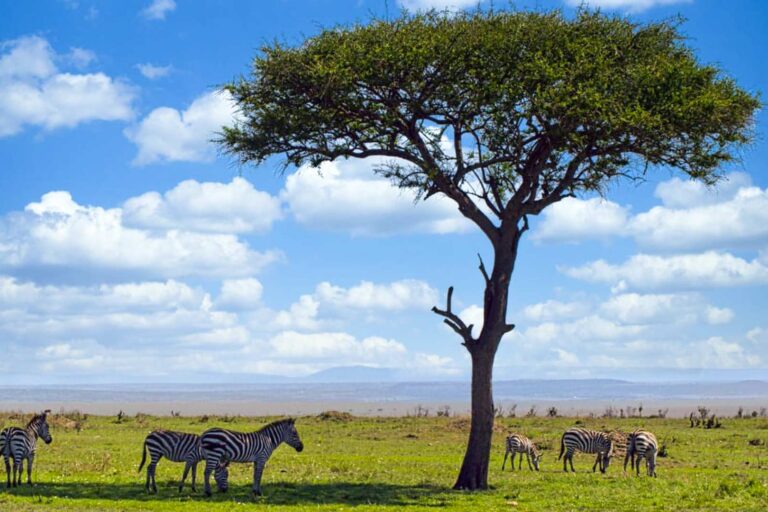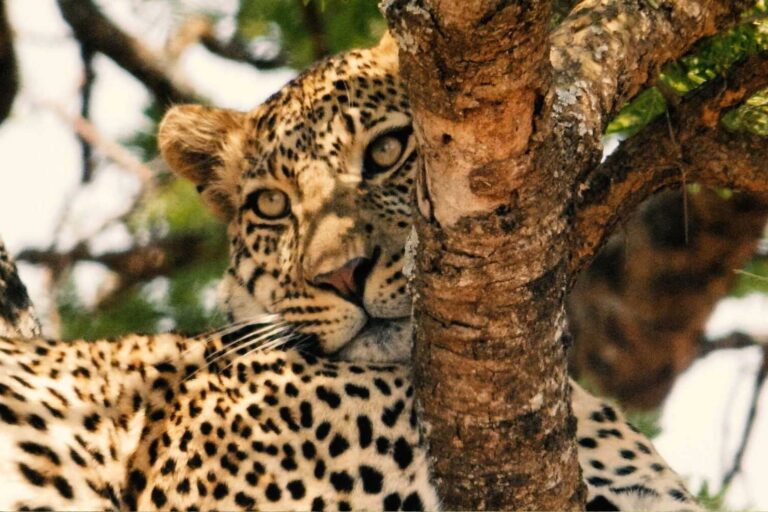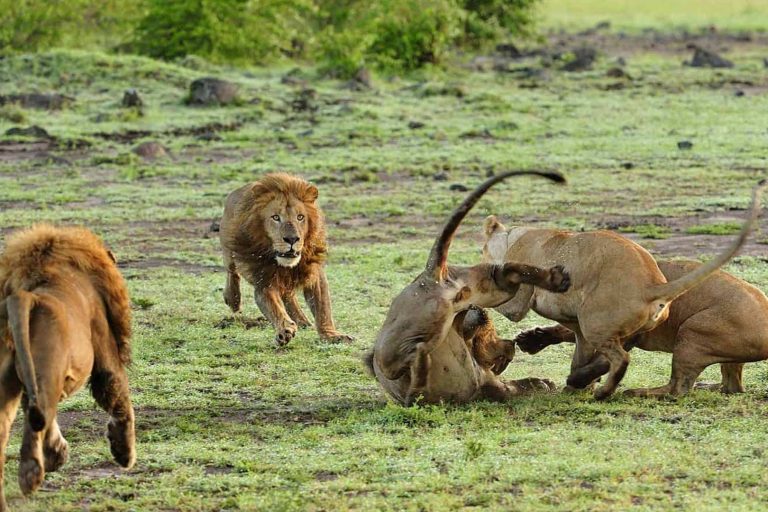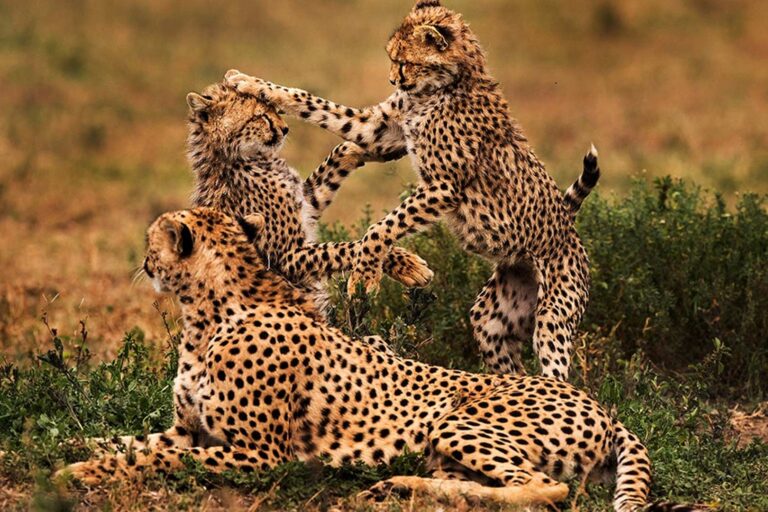Tanzania Safari Parks and Wildlife
The status of Tanzania safari parks as a primary destination for wildlife explorers has been reflected in the expeditions of The National Geographic, The Discovery and The Animal Planet. Indeed, Northern Tanzanian parks are fantastic – Serengeti offers unique lion safaris and The Great Migration, Tarangire is famous for its fascinating elephant safaris, and Ngorongoro enjoys the reputation of a place with the highest density of wild animals. Lake Manyara with its flocks of pink flamingos and Mahali and Gombe parks with the largest population of chimpanzees are also must-have pieces to the collection of any avid traveller. Undoubtedly Tanzania is the best place for completing your full African wildlife safaris list.
Best time for safari in Tanzania. Weather. Seasons
The best time for safaris in Tanzania depends on what your travel preferences are.
The period from June to October (also known as the “dry” season) is perfect for watching the Great Migration. Furthermore, this season is also excellent for safaris since the density of animals is the highest near the rivers and other sources of water. The number of mosquitoes is much lower than the usual one, and the weather is mostly sunny. The number of tourist vehicles in the parks is reasonable, though Ngorongoro and Seronera plains in Serengeti are usually the hotspots. Make sure to take warm clothes for the early mornings in June-August, when the temperatures may be low.
The “wet” season (or the “rainy” season) from November to May is ideal for those, who are eager to watch hunting scenes. Calves are born from January to February, and the predators are notably active during this time. The migration of birds is also at its peak at this time of the year, turning the National Parks into a paradise for ornithologists.
Furthermore, the vegetation is booming during the rainy season, and the Parks are amazingly green. Many award-winning photos of the Tanzanian wildlife have shot during May-November. This time is ideal for nature photographers.
A remarkable feature of the wet season is that the number of visitors to the Parks is notably lower than during the dry one. Coupled with the fact that rains are often (though not always, especially from March to May) short dribbles in the second half of a day, the advantages of rainy season should be surely taken into consideration in planning a trip to Tanzania.


